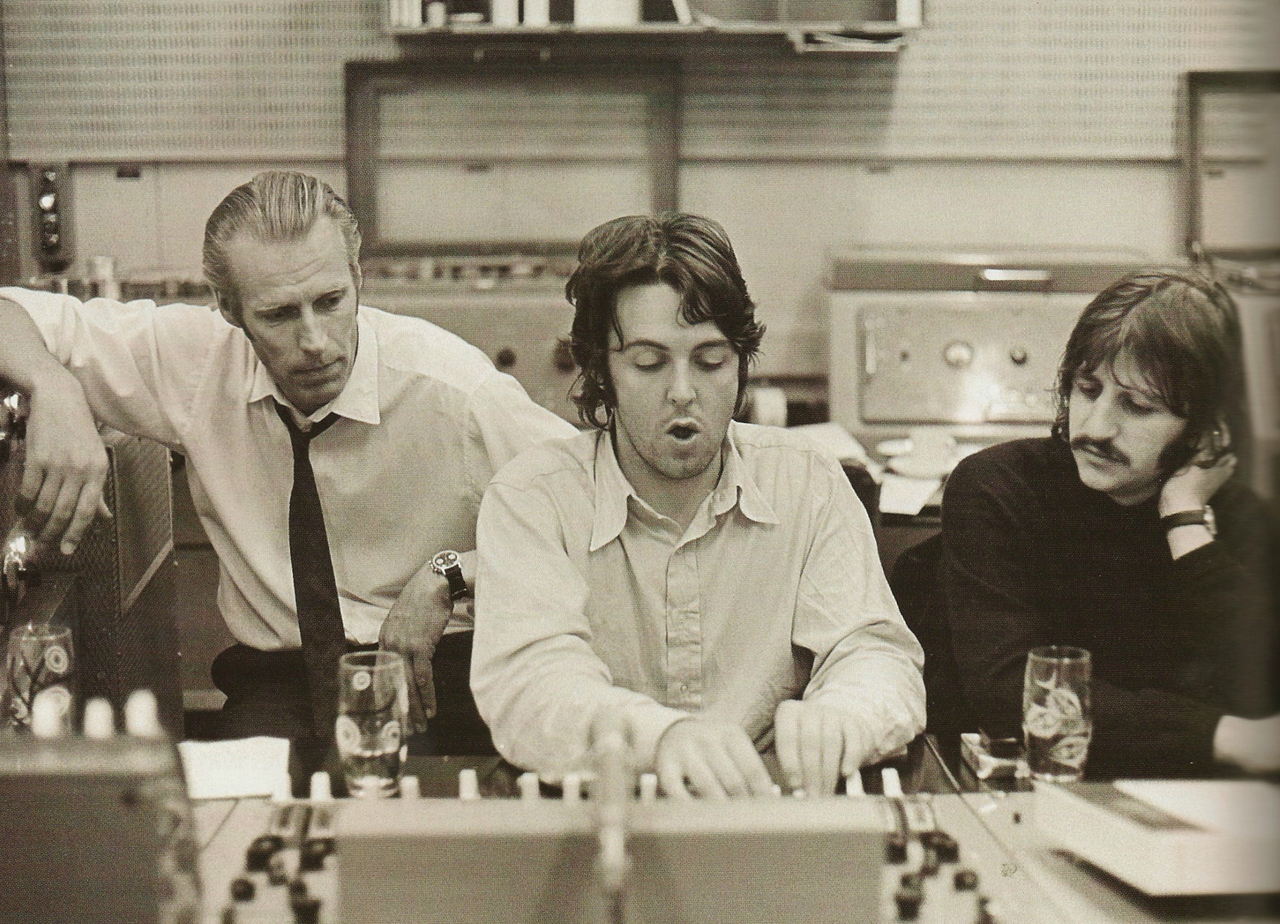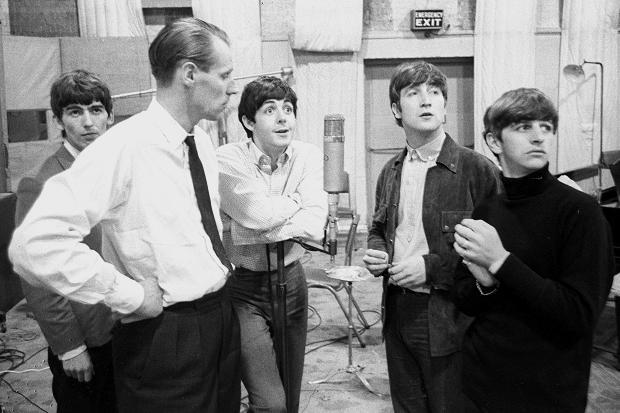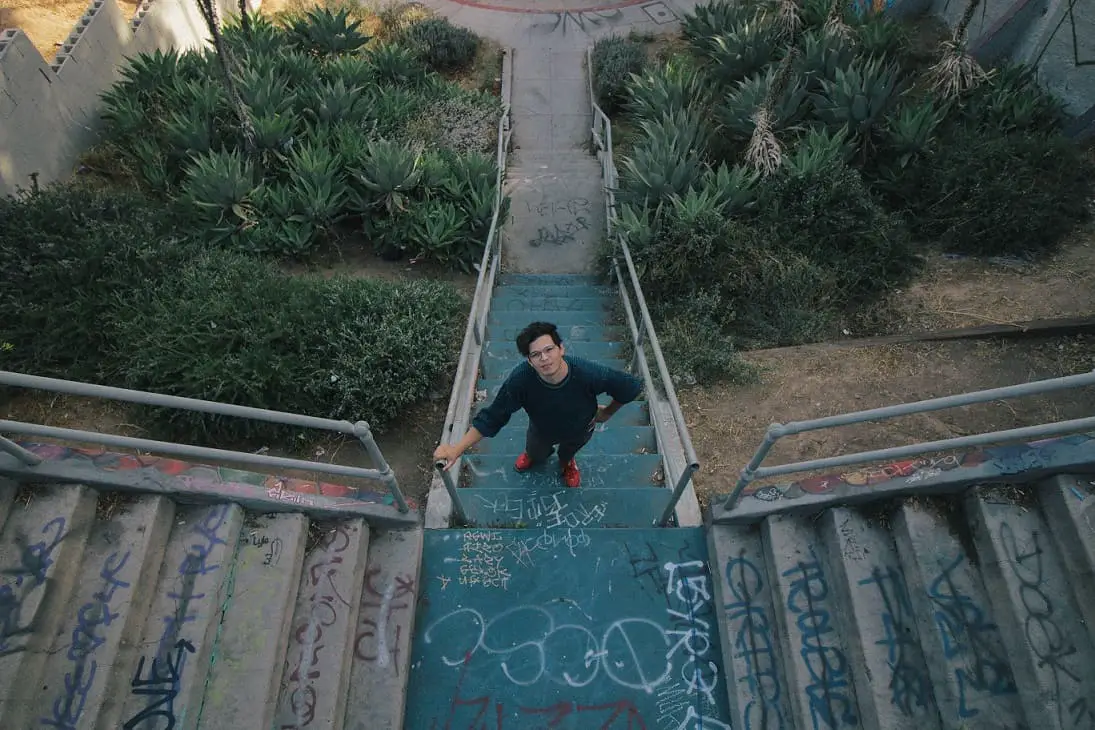It’s a classic game for any hardcore Beatles fan, and by extent most people living in this time of Western pop culture. Who’s your favorite Beatle?
You could say John Lennon, pointing to his weirdo experimentation, his lyrics that contemplated deeper topics, the edge of darkness in so much of his music. The dreamer, the visionary, the artist.
You could say Paul McCartney, in love with the purity of a beautiful melody. He may have had trips into whimsy and sappiness, but he always makes up for it with such incredible songwriting skill. The aesthete, the joker, the wunderkind.
You could say George Harrison, tired of the egos of the band’s two frontmen. Even while they would barely let him have any songs on the album, each one that made it on was a gem, anchored by his extraordinary skill with the guitar (and the sitar). The mystic, the introvert, the “quiet one.”
You could say Ringo Starr, if you’re really trying to be contrarian.
Or you could be like me, on the many occasions (I can never really stick with one choice) when I’ve answered, “George Martin.”

Martin, who died on Monday, March 8, at the age of 90, was not technically part of the “fab four,” even as he was affectionately referred to as the “fifth Beatle.” That term may have been too light for the man’s contributions. Martin served as a constant collaborator and producer for the band from their first singles through Abbey Road,* keeping the band productive when egos and drugs jeopardized that, and adding many of the best features.
For a band that stopped touring in 1966, the additions that Martin made in the studio were essential. Songs became classics when he got his hands on them, adding instruments, creating the sonic textures that made the songs work, rearranging structures, and in a few cases, putting together a whole song just from scraps left on the cutting room floor.
All of the best moments of Beatles songs have his fingerprints on them: the opening chord of “A Hard Day’s Night,” which had such complex multi-instrumental voicing that its exact nature was a mystery for musicians for four decades after its release; the sped-up piano solo of “In My Life,” played by Martin at half speed before being added to the rest of the recording at tempo; the eerie string-quartet arrangement of “Eleanor Rigby;” the bizarre hodgepodge of rock-band and orchestral instrumentation on “Strawberry Fields” that Martin put together from two separate recordings in two different keys and two different tempos.

In the time I’ve been obsessed with The Beatles, I’ve found myself frequently going down this rabbit hole, reading up on stories about the songwriting and recording processes for the most-written-about band in history. And while there are certainly stories of how inspiration struck the band members in amazing and unexpected ways (George Harrison wrote “While My Guitar Gently Weeps” after opening a book to a random page and choosing the words his finger landed on: the words “gently weeps”!), most of the most incredible innovations, the things that turned the songs from good to great, were George Martin’s additions.
Perhaps his most famous contribution came in what many consider the band’s true masterpiece — ”A Day In The Life,” the final track on Sgt. Pepper’s Lonely Hearts Club Band. The song came from two songs, the verses by John and the bridge by Paul, neither of which existing fully on their own. Martin decided to sew them together, at first not knowing what would bridge the two.
Martin ended up designing the mindfuck orchestral sections of the song, giving musicians from the London Symphony and Royal Philharmonic sheet music showing them ascending from their lowest note to their highest at different speeds. Rather than scalpelling in a seamless transition, he smashed the two parts together with angry force.
For the final, unfathomably loud and echoing piano crash lasting 53 seconds, eight hands played E major chords on three separate pianos, while Martin set the microphones on such high sensitivity that “You could have heard a pin drop” — or at least, the tiny sounds of people shuffling around in the studio that made it into the track if you listen.
Watch: “A Day In The Life” – The Beatles
[youtube=https://youtu.be/usNsCeOV4GM?t=0s]
We have included an hour-long Spotify playlist below, not focused on showing off the absolute best of The Beatles’ catalog, but rather those tracks where George Martin’s legacy really shown through. This includes songs like “Being For The Benefit of Mr. Kite,” “I Am The Walrus,” and “All You Need Is Love,” where Martin’s whimsical sound collages (he produced comedy albums before he met up with the boys from Liverpool) overwhelmed the recordings, songs like “Eleanor Rigby,” “Cry Baby Cry,” and “Good Night” that show off his love of lush orchestrations, and songs like “Dear Prudence” and “Tomorrow Never Knows,” where the recording took an otherwise extremely simple song and turned it into something crazy. It also includes the Abbey Road medley.
Most people I know have grown tired of hearing about my feelings on the back half of Abbey Road, so I’ll try to be brief. The last nine songs on the last real Beatles album (see below note) are my favorite piece of music of all time, something that should have joined Beethoven’s 5th Symphony and The Rite of Spring on the Voyager spacecraft. It’s a testament to what pop music can be — a deep dive into experimentation not through difficulty, but through beauty. It’s something so shallow as a series of catchy pop melodies, arranged together in a way that deepens each. It is music that is never anything but kind and sweet, becoming something bigger not through difficulty or anguish. It is genius coming from a driven brain that is not tortured by its art, but ecstatic in it. It is the explicit farewell from the greatest band in the history of rock music so far.

And it is all thanks to George Martin.
Martin did not write the songs of the medley, but he assembled them. He took those two songs from John and tied them into the other ones from Paul. He brought the band together for a final swan song, planning to make their last record “the way we used to do it.” And he did, getting them to sing together on “Carry That Weight,” and recording their dueling solos on “The End.” He turned those bits and pieces into a whole.
After Martin’s death, Paul McCartney posted a story on Facebook about how Martin convinced him to include the string section that makes “Yesterday” so memorable. When Martin suggested the overdubs, McCartney told him, “Oh no George, we are a rock and roll band and I don’t think it’s a good idea.” But of course, Martin convinced him to try it out, and the final track is the one we know and love. “His idea obviously worked because the song subsequently became one of the most recorded songs ever with versions by Frank Sinatra, Elvis Presley, Ray Charles, Marvin Gaye and thousands more,” McCartney wrote in the post.
George Martin was already 36 when he first met the early-twenties Beatles in 1962, an adult teaching these kids how to grow up. On “Yesterday,” he taught them how to be more than a rock band, and they recorded one of the greatest rock songs of all time.
Perhaps if George Martin hadn’t been involved, The Beatles may still have become the greatest rock band of all time. But with him, they became something more than that. They became bigger than themselves, because they had a giant leading them.
Remembering George Martin
————————————
*Let It Be was released in 1970, after the band broke up, as their final studio album. Most of the songs were initially done with Martin as a collaborator but Glyn Johns producing, as part of a planned LP called Get Back that was scrapped in 1969, before the group recorded Abbey Road. The final version of Let It Be that was released in 1970 was reworked by the legendary pop producer Phil Spector, who produced it and added overdubs. In 2003, the band released Let It Be… Naked, restoring the songs to the way they sounded before Spector came in.









